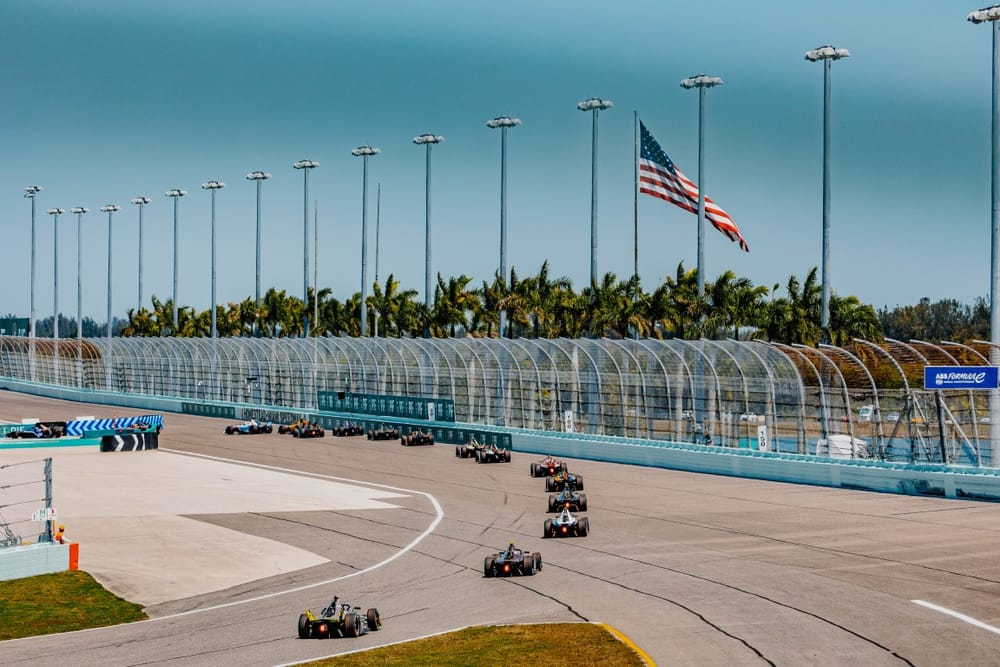Scot Elkins is all about people.
The people he works with, manages, delegates to, and occasionally even helps to sanction. More than anything though, Formula E’s outgoing race director - who officiated at his final Formula E race in Miami earlier this month - is all about respect.
Mutual respect was plentifully evident at Homestead when the drivers, promoters, team principals and his own team at the FIA gathered to say thank you and goodbye to the genial Californian. Not every official is afforded such genuine respect. Elkins was, and it was indisputably heartfelt.
It meant a great deal to Elkins, who announced his stepping away from the race director role at the end of 2024, largely for personal reasons after the death of his father and a concentration of his time on the family farming business.
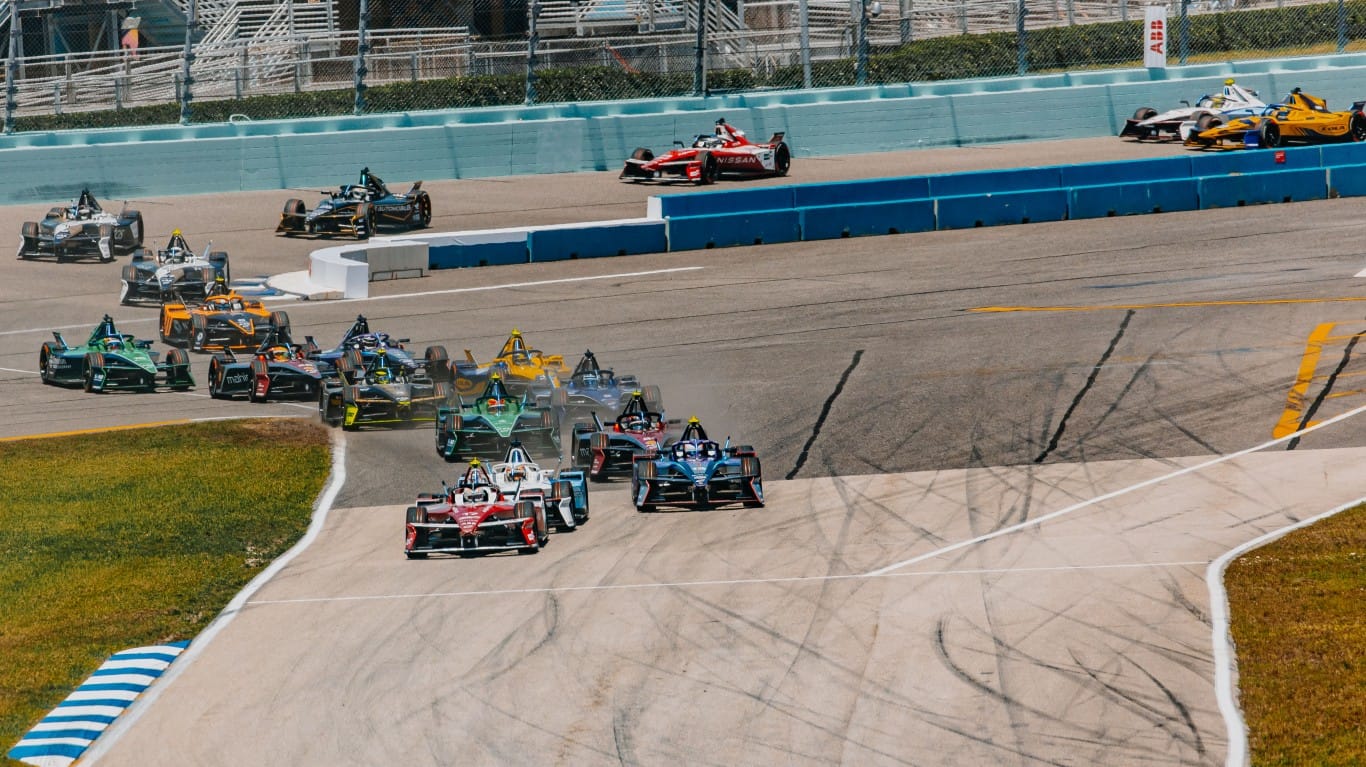
There's a lot he will miss. But above all it will be the close interaction with the drivers living on their wits in asylum-like E-Prix rounds, where track time or organisational space is at a bare minimum.
“I can't wait for the drivers' briefing every weekend,” Elkins told The Race just ahead of his final E-Prix.
“Because it's the one time where we get this personal connection between me and the drivers. They're not wearing their helmets, and we get to talk about everything,
“I've said it a hundred times, and everybody's heard it, and everybody's probably sick of me saying it, but that's one of the greatest things I learned from Charlie [Whiting], which was how to conduct that meeting and how to work through it.
“That's just a part of it that I'm really, really going to miss.”
Elkins' big role in Formula E history
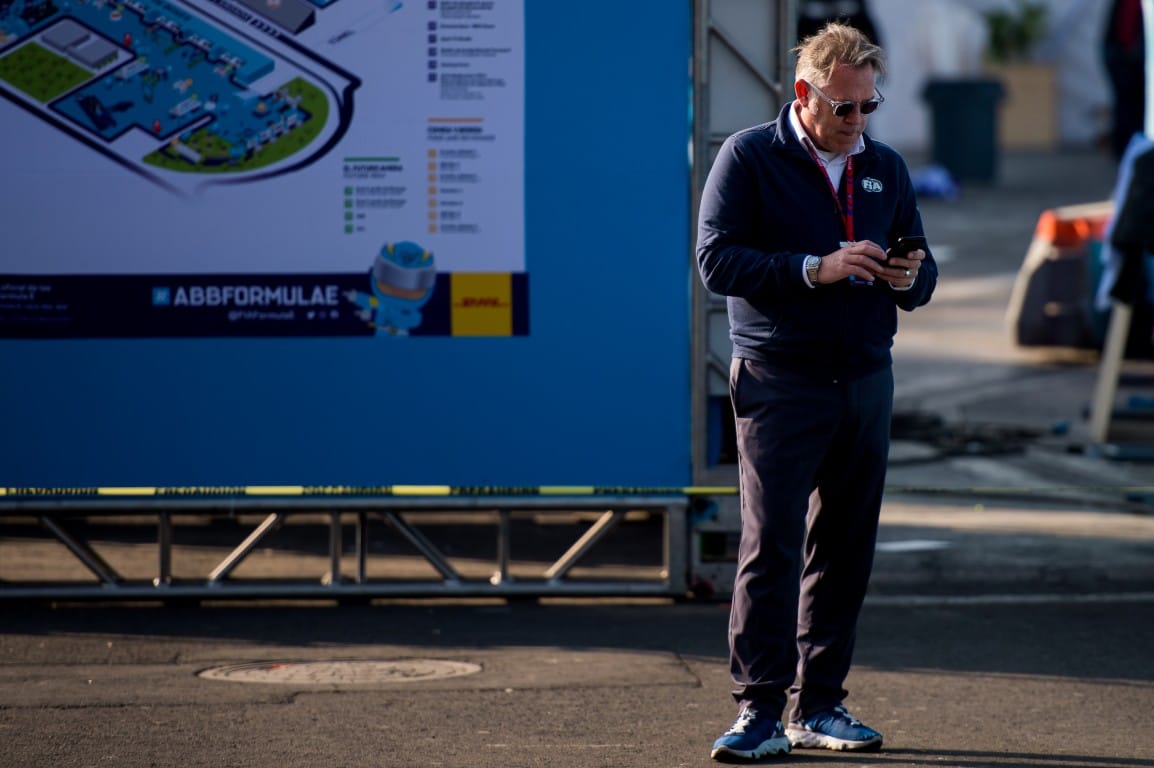
Elkins is a self-effacing character. Unlike some in similar roles of importance throughout the sporting world in general, he rarely seeks the limelight nor goes remotely near it. This is not an egocentric man in the slightest and in many ways that is why his universally liked.
A cultured man, too, one who treats his private passions of music, and particularly guitars, with almost as much dedication as his professional work. He has an effortless charm which has quietly furnished his work over almost a decade in the Formula E world.
Elkins did a single race in Long Beach in the second season of Formula E in 2016. Then from the third in 2016-17 he was almost an ever-present, running and organising the track homologations and race control aspects of the all-electric world championship.
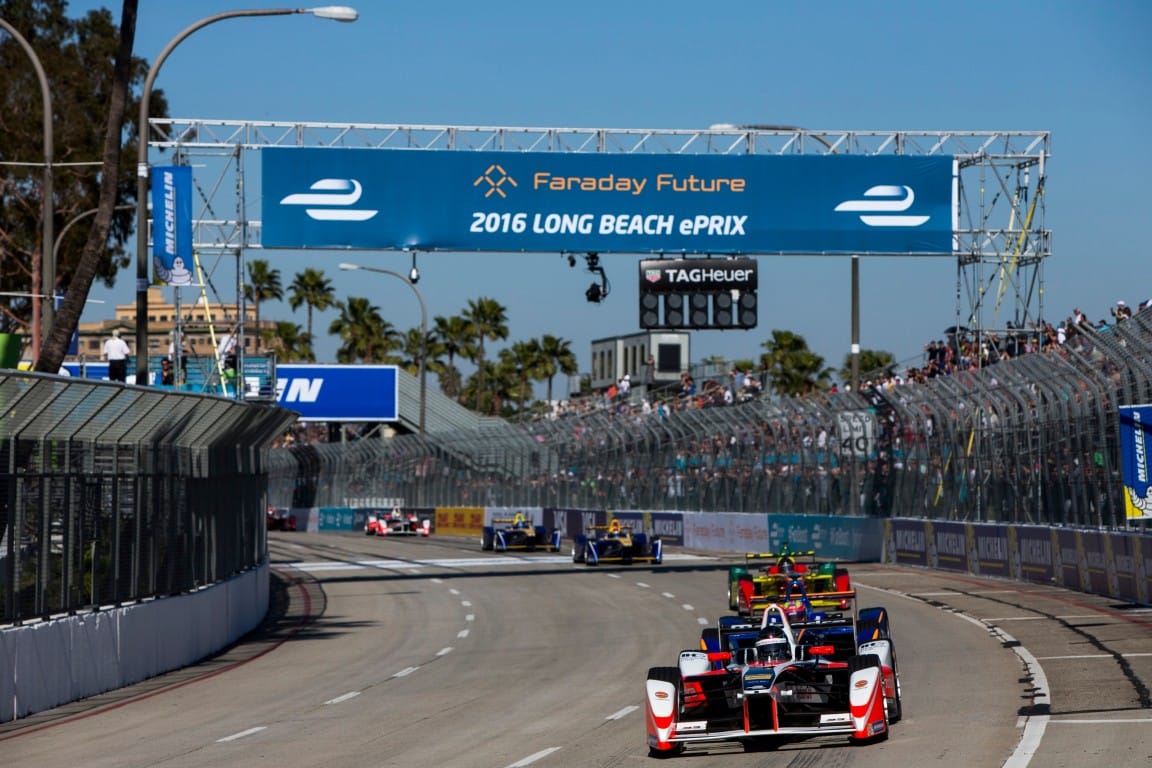
Under his watch, Elkins has seen three rulesets, multiple innovations such as attack mode and attack charge, new qualifying systems, and many - many - circuit-specific challenges.
One of the most taxing and daunting periods of his reign was putting on six races in 10 days at the Berlin Tempelhof airfield in the middle of the 2020 pandemic. It saved Formula E’s season and maybe saved the series as a whole. It was a project so intense, problematic, and exhausting that Elkins singles it out as the standout achievement of the FIA and Formula E Operations.
“Berlin was an epic adventure in what we had to do,” he recalls of that mammoth August 2020 epic.
“I mean, everything we did in that pandemic time period was really, really complicated, and difficult. The team pulled off a lot - I wouldn’t say 'miracles', but pretty close to them.
“Every event has challenges, though.
“Whether they're visible or not, a lot of them are the same in terms of how big the challenge is.”
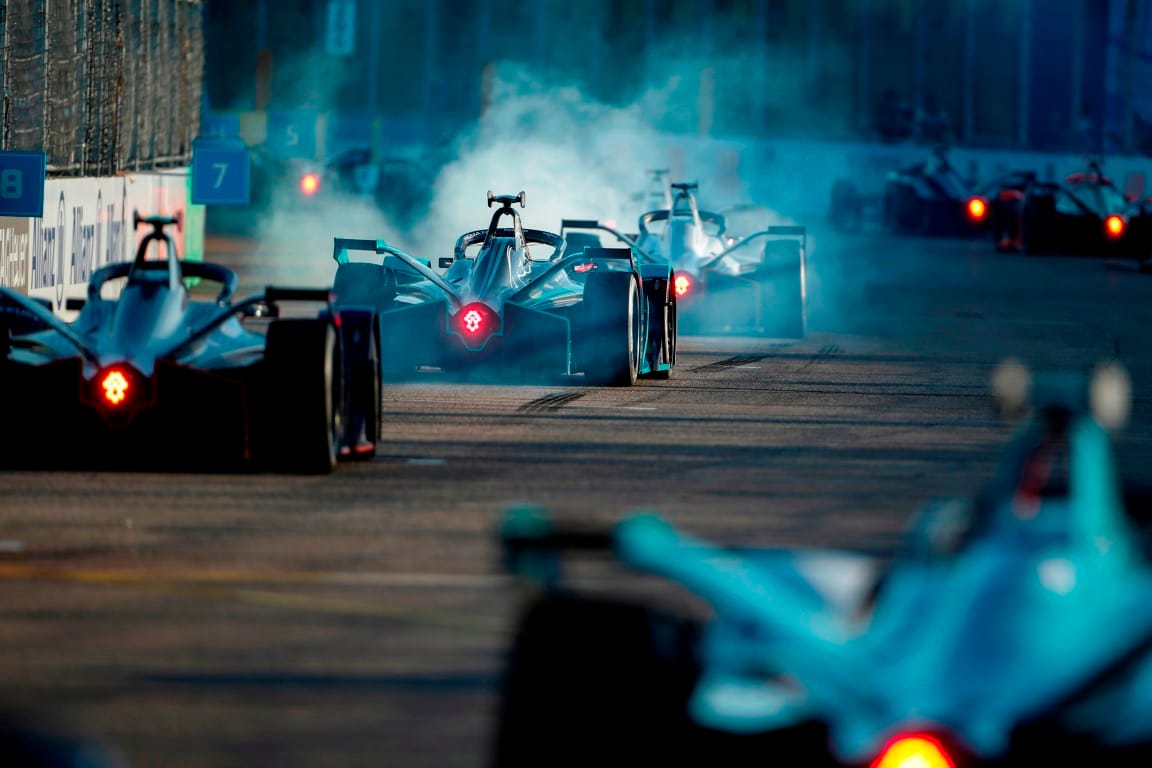
A good chunk of the adaptability Elkins and his teams have needed over the years has come with the sheer array of challenges brought by both the pop-up nature of Formula E in all its traits and the pace of change from Gen1 to Gen3.
That has tested every corner of the FIA and the promoter Formula E Operations, and the prime case study of that is the make-up of the racing itself.
“To be honest, I think the biggest thing for me to get used to was how different the racing is in Formula E,” reckons Elkins.
“Specifically, that’s in terms of sending incidents to the stewards and looking at things in such a different process, because the way they drive the cars is so different in terms of when the regen happens.
“A lot of places we go to have a long straight, but you have to recognise the fact that the cars aren't flat-out the whole time, because they can't be. So, for me it was a way of changing the way I officiated, in terms of understanding how the cars behaved and how the drivers would cause the cars to behave.”
Elkins has presided over so many changes and innovations in Formula E alongside pivotal figures from the early years such as Frederic Bertrand and Frederic Espinos and more recent figures such as Pablo Martino and Benoit Dupont.
But it is Elkins’ successor Marek Hanaczewski who will now take up the mantle, and a smooth succession plan has been put in place - as the first phase of the handover began even before the present season had even started.
What next for Formula E race officiating
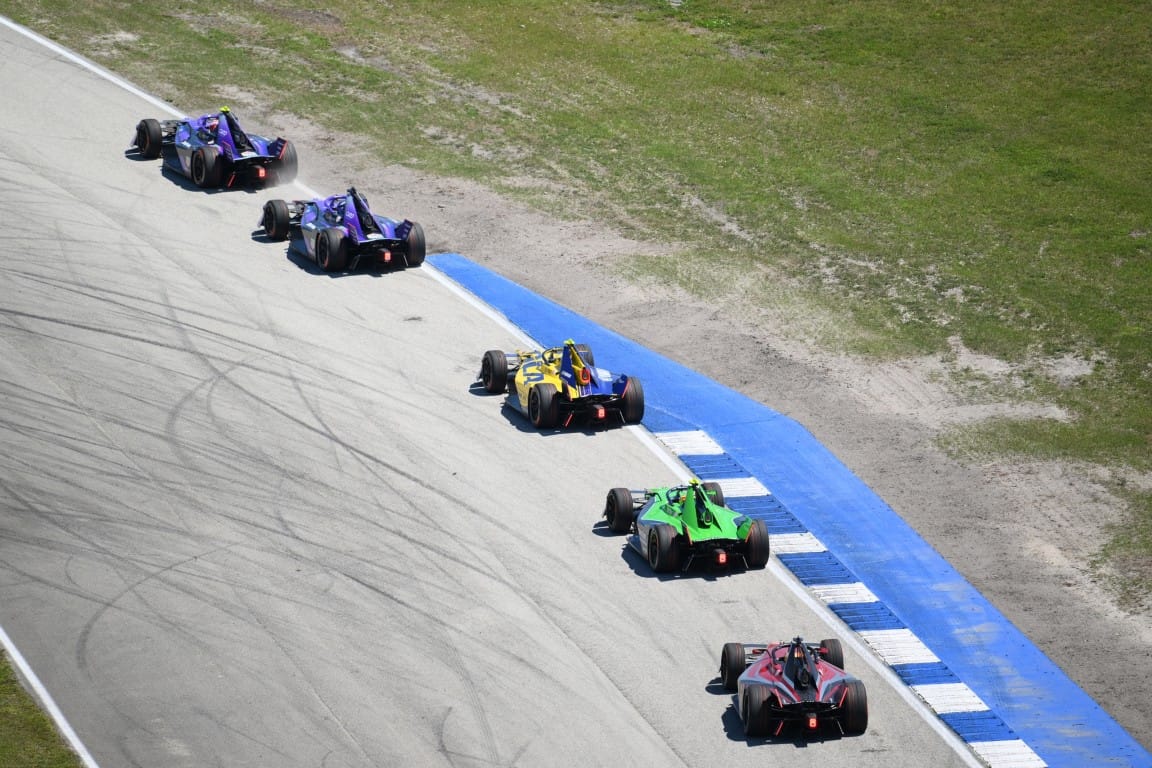
Hanaczewski went from frying pan to fire pretty quickly in Sao Paulo last December when a rare 'red' (live, electrically-speaking) car (Jake Dennis) and an inverted reigning world champion (Pascal Wehrlein) played havoc with the opening race of the year.
A safety car and red flag amid the chaos did not exactly make for the smoothest race for the would-be new race director, but generally the situations were resolved well.
“It was funny, Sao Paulo, I was meant to be on the intercom with Marek, but I had technical problems,” says Elkins.
Hanaczewski “proved his merit”, according to Elkins, who recognises the amount of stress and attack-on-time that the typical Formula E race creates.
“It's not until you get put under the pressure of doing things like that that you really know what you're worth. And he proved it 100%,” reckons Elkins.
“That feels really good. Everybody should feel good in the fact that it's in very, very capable hands.”
That’s great news for Formula E - which needs a strong, capable, and approachable race director. With Pit Boost pitstops and much quicker cars coming in Gen4 it is going to be vital that continuity and consistency of approach in preparing the groundwork for stable race management is kept.
That’s where Elkins’ legacy will really be felt.
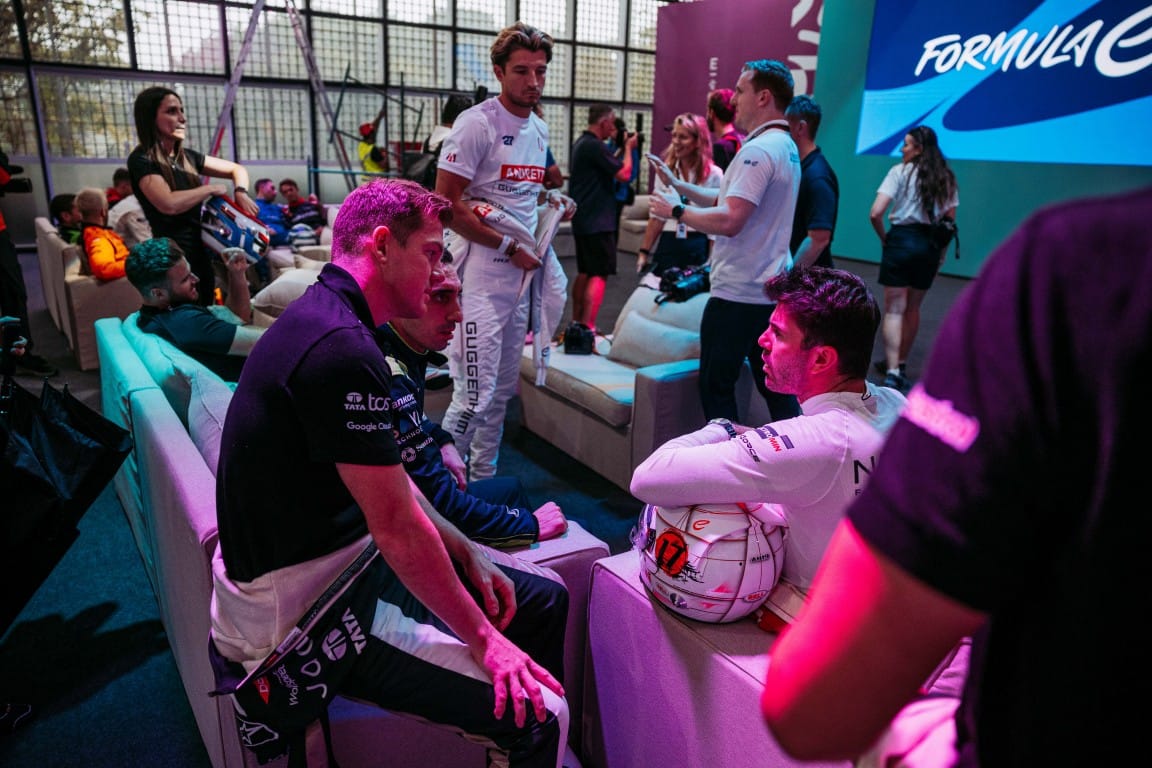
The drivers' briefing is completely different, the presentation in them is completely different, and as the level of the driver goes up, you have to adjust how you talk to them and how you try to create that mutual respect with them.
“If you were to go in today and talk to a group of Formula E drivers like Formula 4 drivers, the meeting would be useless because that's not mutual respect between the two.
“It’s probably one of the only series in the world where every single guy that's here is a paid driver [rather than someone who brings a budget], and it makes a huge difference in how you treat them and how they treat you, and that's a big part of it.”
Elkins will now go on to establish a new US business for the timing and technology company Alkamel, which he will manage in conjunction with his commitments in the family business. His presence will be greatly missed in Formula E.


